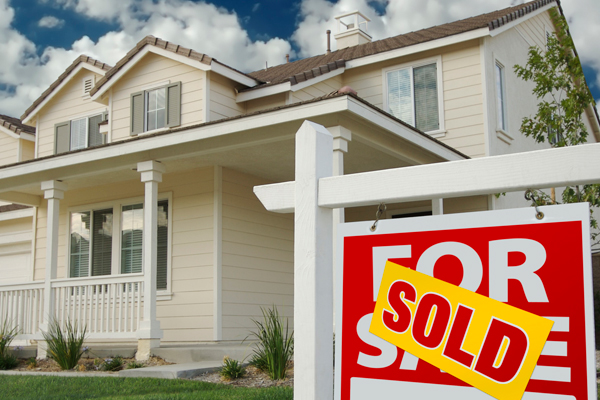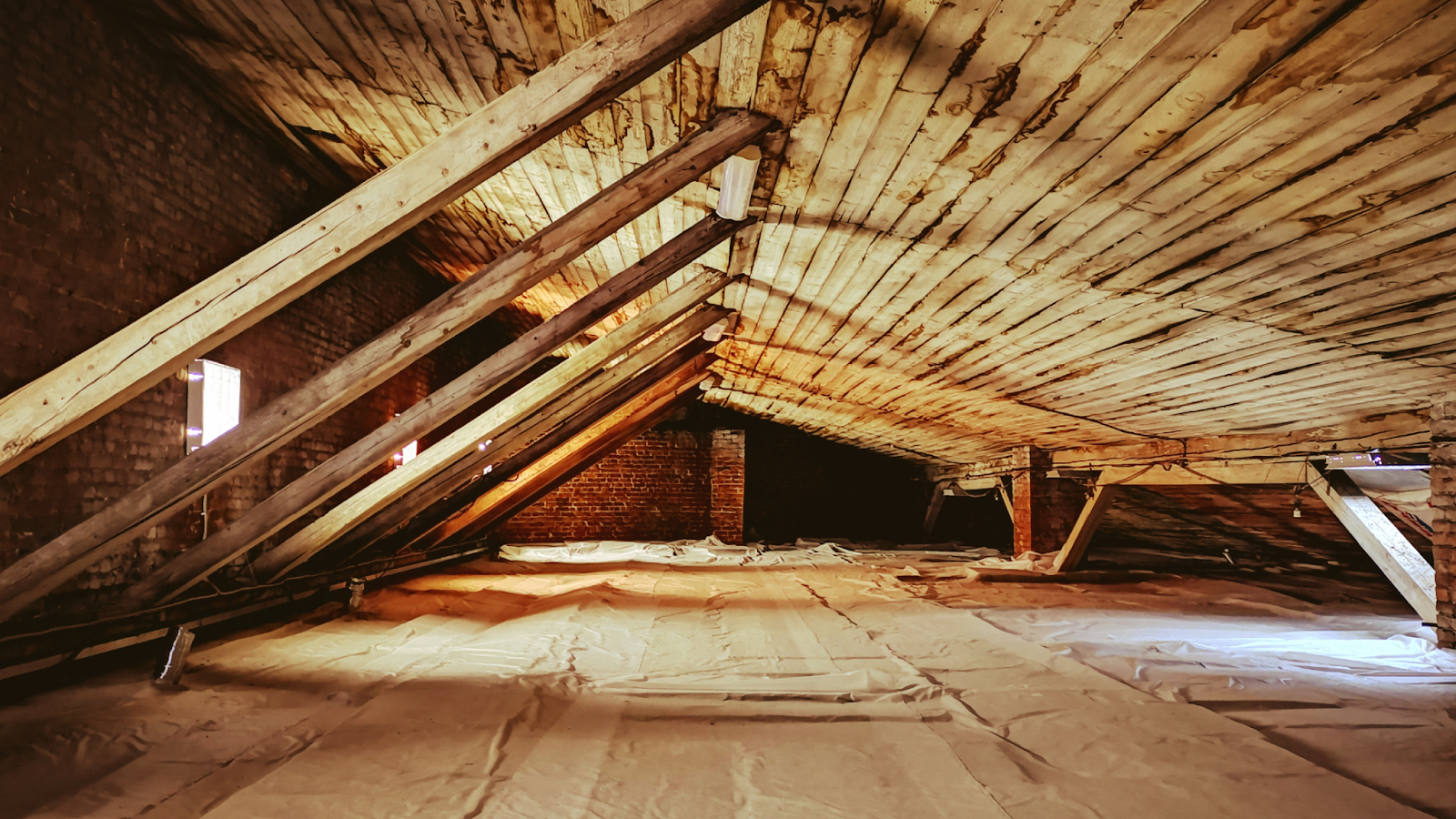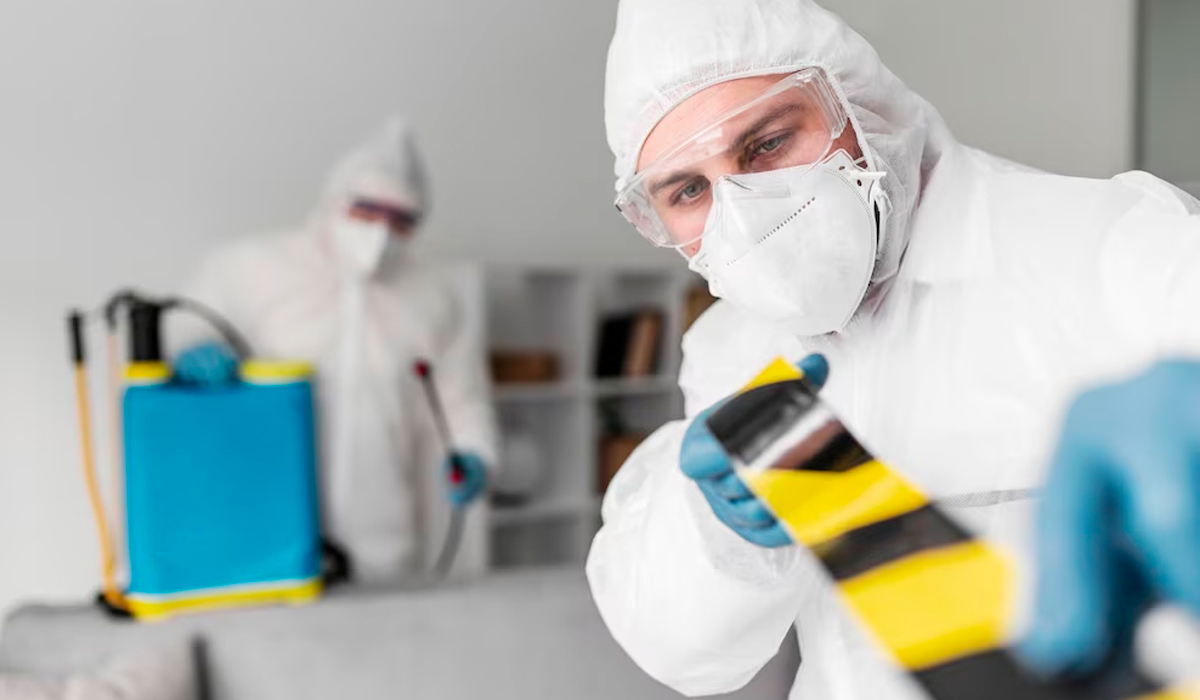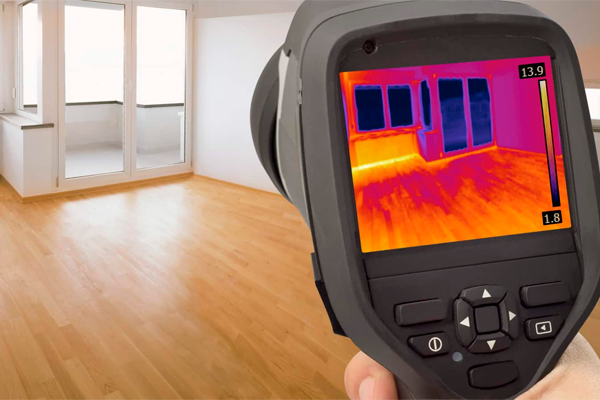
Mold Testing in Real Estate: Ensuring Health and Property Value
I. Introduction
In the fast-paced world of real estate, ensuring a safe and secure investment is paramount. While home inspections are a standard part of the process, there’s one critical aspect that often goes overlooked: mold testing. In this article, we will delve into the importance of mold testing in real estate transactions and why it is crucial to include a licensed mold technician in addition to a home inspector when buying a house.
Why is mold testing important in real estate?
Mold is a common yet often undetected problem in many homes, and its presence can have severe implications for both the property’s structure and the health of its inhabitants. According to the Environmental Protection Agency (EPA), mold can cause a range of health issues, including respiratory problems, allergic reactions, and even infections in some cases. The cost of mold remediation can also be significant, potentially impacting the overall value of the property.
The limitations of home inspections
While home inspections are essential for identifying visible issues with a property, they may not be equipped to detect hidden mold problems. Mold growth is often concealed behind walls, under floors, or in areas that are not easily accessible during a standard home inspection. This is where the expertise of a licensed mold technician becomes invaluable.
Benefits of including mold testing in real estate transactions
1. Early detection and prevention: Mold testing allows for the early identification of mold growth, enabling timely remediation measures to prevent further damage and potential health risks.
2. Health and safety assurance: By conducting mold testing, buyers can ensure the safety and well-being of themselves and their families, minimizing the risk of exposure to harmful mold spores.
3. Negotiation leverage: If mold is detected during the testing process, it provides an opportunity for buyers to negotiate repairs or mold remediation with the seller before finalizing the purchase.
4. Protection of property value: Addressing mold issues promptly helps preserve the value of the property, as untreated mold problems can lead to structural damage and a decline in resale value.
5. Peace of mind: Including mold testing as part of the real estate transaction provides buyers with the peace of mind, knowing that they have taken the necessary steps to protect their investment and future living environment.
By incorporating mold testing alongside a home inspection, buyers can make informed decisions, mitigate risks, and avoid potential complications in the future. In the next section, we will explore the process of mold testing in detail and highlight the steps involved.
II. Understanding Mold and its Implications
Mold is a type of fungus that thrives in moist environments. It can grow on various surfaces, including walls, ceilings, carpets, and even furniture. Mold reproduces through spores, which can become airborne and spread easily. When mold spores are inhaled, they can trigger allergic reactions and respiratory issues, especially in individuals with pre-existing conditions.
1. The prevalence of mold:
According to the Centers for Disease Control and Prevention (CDC), mold problems are a common issue in buildings and homes. In fact, a study conducted by the EPA found that approximately 50% of indoor environments have at least one water-damaged area, which is a prime breeding ground for mold growth.
2. Health risks associated with mold exposure:
Exposure to mold can lead to various health problems, ranging from mild symptoms to more severe conditions. Common health issues caused by mold include allergic reactions, asthma attacks, coughing, sneezing, eye irritation, and skin rashes. Individuals with compromised immune systems or respiratory conditions are particularly vulnerable to the effects of mold exposure.
3. Signs of mold growth:
Mold growth may not always be visible, but there are some common signs to watch out for, such as a musty odor, discoloration or staining on walls or ceilings, peeling wallpaper, or the presence of water stains. It’s essential to be aware of these indicators during the home-buying process.
To minimize the risks associated with mold, here are some practical tips and recommendations:
– Ensure proper ventilation and airflow in the home, especially in areas prone to moisture, such as bathrooms, kitchens, and basements.
– Keep humidity levels below 50% to discourage mold growth. Consider using dehumidifiers if necessary.
– Promptly address any water leaks or moisture issues in the home. Fixing the source of moisture is crucial in preventing mold growth.
– Regularly clean and dry areas prone to dampness, such as shower curtains, bathroom tiles, and window sills.
– Use mold-resistant materials in construction or renovation projects, particularly in areas where moisture is a concern.
– Educate yourself about mold prevention and remediation techniques to ensure a safe and healthy living environment.
III. The Role of Home Inspections
Home inspections are standard practice in real estate transactions, providing buyers with an assessment of the overall condition of a property. While home inspections are crucial for identifying visible issues such as structural defects or faulty electrical systems, they have limitations when it comes to detecting mold problems.
The scope of home inspections:
- Home inspectors primarily focus on the visible and readily accessible areas of a property. They assess the general condition of the structure, electrical and plumbing systems, HVAC systems, and other aspects that impact the functionality and safety of the home. However, mold growth often occurs in hidden or inaccessible areas, making it challenging to detect during a standard home inspection.
The limitations in detecting mold:
- Mold can thrive in areas with high humidity, water damage, or poor ventilation. It can hide behind walls, under flooring, or within ceiling cavities, making it difficult to spot with a visual inspection alone. Home inspectors may not have the specialized training or equipment necessary to identify hidden mold growth accurately.
To ensure comprehensive mold detection, it is essential to include a licensed mold technician in the inspection process. Here are some practical tips and recommendations:
- Hire a licensed mold technician: When scheduling a home inspection, consider engaging a licensed mold technician who can conduct mold testing alongside the standard inspection. This will provide a more thorough assessment of the property’s mold status.
- Communicate your concerns: Inform both the home inspector and the mold technician about any visible signs of water damage, musty odors, or previous mold issues reported by the seller. This information will help them focus on specific areas of concern during their inspections.
- Ask for detailed reports: Request separate reports from the home inspector and the mold technician. This will provide a clear understanding of their findings and allow you to address any mold-related issues adequately.
- Consider the cost-benefit: While hiring a licensed mold technician adds an additional cost to the home-buying process, it is a worthwhile investment to ensure the detection and prevention of potential mold problems.
IV. The Benefits of Mold Testing in Real Estate
Mold testing plays a crucial role in real estate transactions, providing valuable insights into the presence and severity of mold issues. Let’s explore the benefits of mold testing and how it can protect buyers and preserve property value.
Revealing hidden mold growth:
- Mold can grow behind walls, in crawl spaces, or within HVAC systems, remaining undetected during a visual inspection. Mold testing involves taking samples from various areas of the property, which are then analyzed to identify the presence and type of mold. This process helps uncover hidden mold growth that may not be apparent to the naked eye.
Identifying the type and extent of mold:
- Different types of mold have varying levels of toxicity and potential health risks. Mold testing provides insights into the specific mold species present in a property, enabling a better understanding of the potential health implications. Additionally, the extent of mold growth can be assessed, guiding appropriate remediation measures.
Ensuring occupant safety:
- Mold exposure can have adverse health effects, especially for individuals with respiratory conditions, allergies, or compromised immune systems. By conducting mold testing, buyers can identify potential health hazards and take necessary precautions to protect themselves and their families.
Negotiation opportunities:
- If mold is detected during the testing process, it can provide an opportunity for buyers to negotiate with the seller. Depending on the severity of the mold issue, buyers can request mold remediation or repairs, ensuring that the property is in a safe and habitable condition.
Preserving property value:
- Untreated mold problems can lead to structural damage and a decline in property value. By addressing mold issues proactively through testing and remediation, buyers can preserve the value of their investment and avoid costly repairs down the line.
Practical tips and recommendations:
- Schedule mold testing early: Include mold testing as a contingency in your purchase agreement to allow sufficient time for the testing process and potential negotiations.
- Engage a licensed mold technician: Hire a qualified professional experienced in mold testing to ensure accurate results and proper assessment.
- Communicate with the seller: If you discover mold issues during the testing process, discuss the findings with the seller and explore possible resolutions.
- Consult with experts: Seek advice from mold remediation specialists or other professionals if you have concerns about the severity of the mold problem or the remediation process.
V. The Process of Mold Testing in Real Estate
The process of mold testing involves several essential steps to accurately assess the presence and extent of mold growth in a property. Let’s explore the key elements of mold testing and what buyers should expect.
Hiring a licensed mold technician:
- To ensure reliable results, it’s crucial to engage a licensed and experienced mold technician for the testing process. Look for professionals with certifications or accreditations in mold assessment and remediation.
Initial assessment and visual inspection:
- The mold technician will conduct a thorough visual inspection of the property, looking for visible signs of mold, water damage, and areas of concern. They may use moisture meters or thermal imaging cameras to identify potential moisture issues.
Sample collection:
- The technician will collect samples from different areas of the property, including both indoor and outdoor spaces. These samples may include air samples, surface swabs, or bulk samples, depending on the suspected areas of mold growth.
Laboratory analysis:
- The collected samples are sent to a certified laboratory for analysis. The laboratory will identify the mold species present and provide a detailed report of the findings. This information helps determine the type and severity of the mold problem.
Interpretation of results:
- The mold technician will interpret the laboratory results and provide a comprehensive assessment of the mold situation. They will explain the implications of the findings and offer recommendations for remediation, if necessary.
Practical tips and recommendations:
- Coordinate with the mold technician: Communicate any specific concerns or areas of the property you suspect may have mold growth. This will help the technician focus their assessment and sample collection accordingly.
- Plan the testing in advance: Ensure sufficient time for the mold testing process by scheduling it early in the homebuying timeline. This allows for proper evaluation, interpretation of results, and potential negotiation if needed.
- Discuss potential remediation strategies: If mold is detected, consult with the mold technician about appropriate remediation measures. They can provide guidance on effective mold removal and prevention strategies.
- Retest after remediation: If mold remediation is performed, consider retesting the property to ensure that the issue has been effectively addressed. This step provides reassurance that the property is mold-free before finalizing the purchase.
VI. Incorporating Mold Testing in Real Estate Transactions
Incorporating mold testing into real estate transactions is becoming increasingly important for both buyers and sellers. Let’s explore why mold testing should be standard practice and the benefits it offers to all parties involved.
Protecting buyers from potential health risks:
- Mold exposure can have severe health implications, particularly for individuals with allergies, respiratory conditions, or weakened immune systems. By conducting mold testing, buyers can identify and address any mold issues before moving into a new property, ensuring a safe and healthy living environment.
Enhancing buyer confidence:
- Including mold testing as part of the due diligence process demonstrates a commitment to buyer safety and satisfaction. By proactively addressing mold concerns, sellers can instill confidence in potential buyers and make their property more attractive in a competitive real estate market.
Mitigating seller liability:
- Sellers have a legal obligation to disclose known material defects, including mold problems, to potential buyers. By conducting mold testing before listing the property, sellers can identify and address any mold issues upfront, reducing the risk of future legal disputes or liabilities.
Maintaining property value:
- Properties with a history of mold problems or ongoing mold issues may experience a decline in value. By conducting mold testing and remediation, sellers can preserve the value of their property and ensure a smooth transaction process.
Facilitating negotiations:
- If mold is detected during the testing process, it provides an opportunity for buyers and sellers to negotiate mutually agreeable solutions. This may include remediation efforts, repairs, or adjustments to the sale price. Mold testing results serve as an objective basis for these negotiations.
VII. Conclusion: The Importance of Mold Testing in Real Estate
Mold testing is a critical component of real estate transactions, offering valuable insights into the presence and severity of mold issues. By incorporating mold testing into the home buying process, buyers can protect their health, negotiate effectively, and preserve property value. Sellers, on the other hand, can demonstrate transparency, mitigate liability, and enhance buyer confidence. Let’s summarize the key takeaways of this article.
The significance of mold testing:
- Mold testing goes beyond standard home inspections, providing a comprehensive assessment of the mold status in a property. It reveals hidden mold growth, identifies the type and extent of mold, and ensures occupant safety.
Benefits for buyers:
- Buyers who undergo mold testing can address potential health risks, negotiate based on objective findings, and make informed decisions about the property’s condition. Mold testing also helps preserve property value and avoid costly remediation expenses.
Advantages for sellers:
- Sellers who conduct mold testing before listing their property can proactively address any mold issues, instill confidence in buyers, and minimize future legal liabilities. By maintaining property value, sellers can enhance the marketability of their homes.
The process of mold testing:
- Mold testing involves hiring a licensed mold technician, conducting an initial assessment and visual inspection, collecting samples, sending them to a certified laboratory for analysis, and interpreting the results.
Incorporating mold testing into real estate transactions is a proactive approach that benefits all parties involved. It ensures buyer protection, seller transparency, and the preservation of property value. By working with qualified professionals and adhering to local regulations, buyers and sellers can navigate the process with confidence.
Remember, when engaging in real estate transactions, particularly when buying a house, the keyword “Importance of mold testing in real estate” should be strategically placed in at least five subheadings throughout the article. This helps optimize the article for search engines and enhances its visibility to readers searching for information related to mold testing in real estate.
In conclusion, mold testing is an essential step in the home-buying process. It provides crucial information about the presence of mold, protects buyers from health risks, and allows for informed decision-making. By prioritizing mold testing, buyers and sellers can ensure a smooth and successful real estate transaction.




